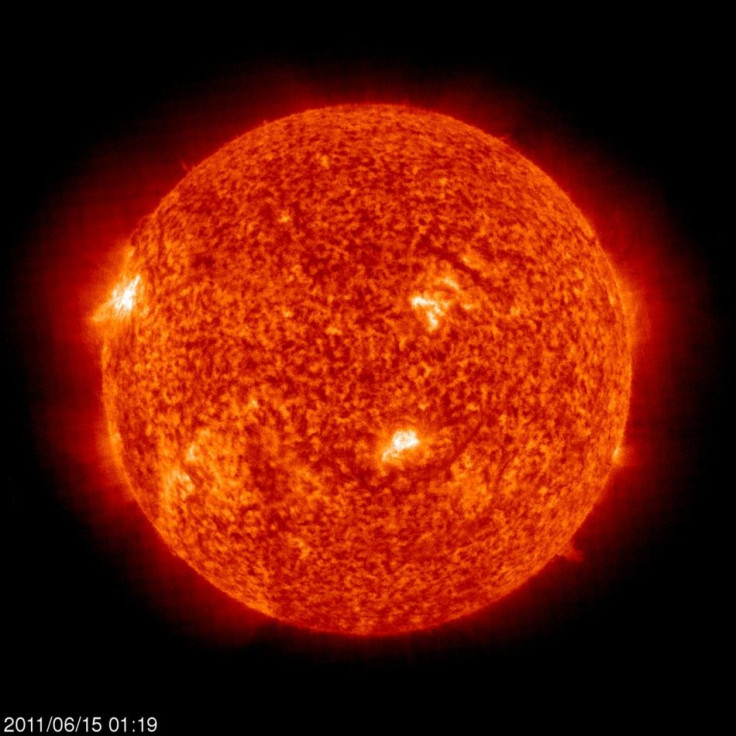Solar Flare to Cause Mysterious Auroras Today

Sky-watchers and astronomers may witness a spectacular display of natural lights on Friday caused by the strong solar flare that occurred on Aug 2, 2011.
The solar blast caused the ejection of a bright coronal mass (CME) that moved directly towards the earth at a speed of 1950 km per sec.
SpaceWeather.com reported that as per some analysts at the GSFC Space Weather Lab, the combined-CME should reach Earth on Aug. 5. The effect of this impact is likely to be major with an estimated maximum geomagnetic activity index level of 7 Kp.
This unique aurora borealis display, also called the Northern Lights, is the resultant of this interaction of charged particles with the magnetic surface of the earth.
This ejection of the CME was tracked by NASA's twin STEREO vehicles and SOHO satellite.
© Copyright IBTimes 2024. All rights reserved.





















